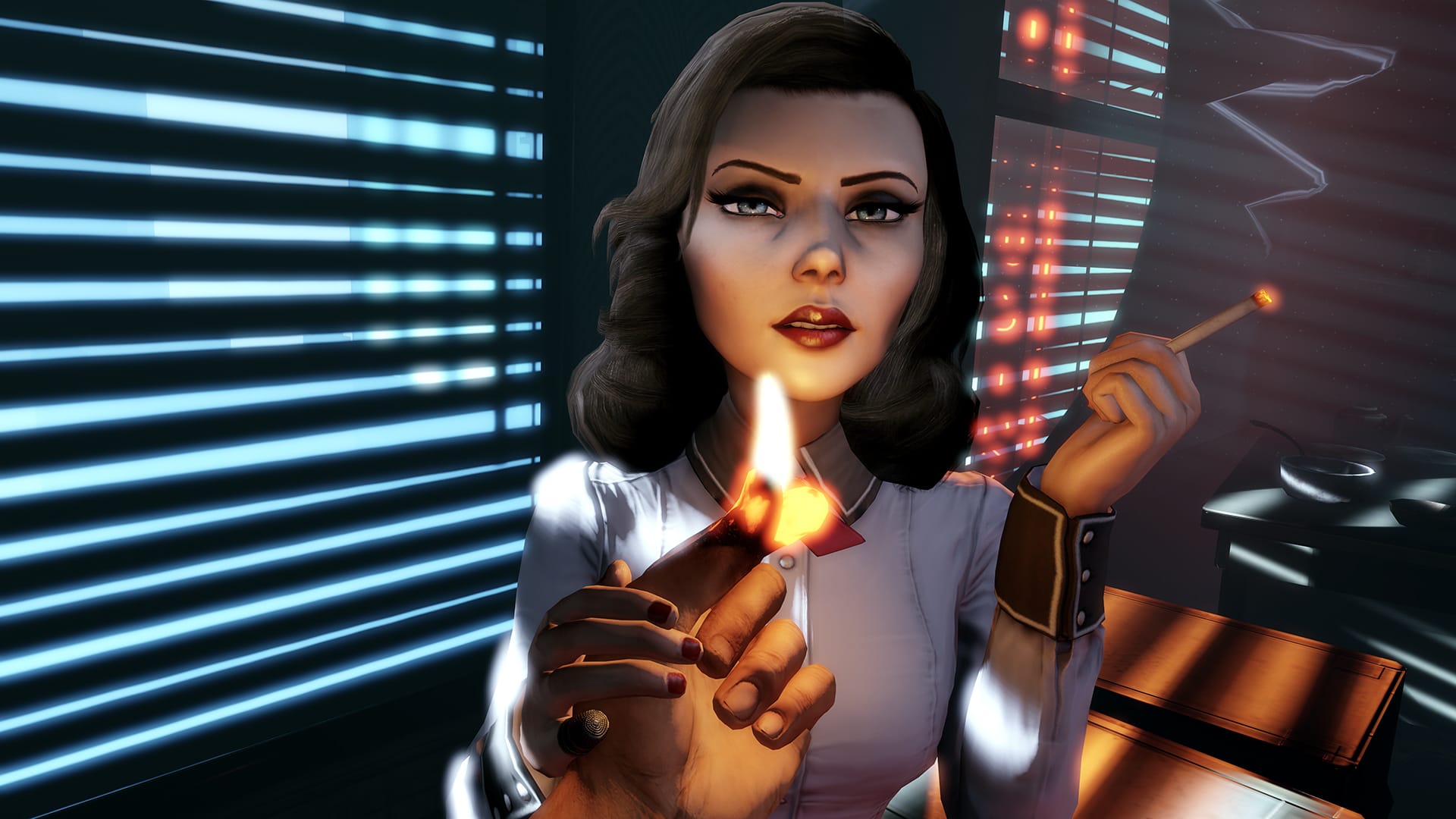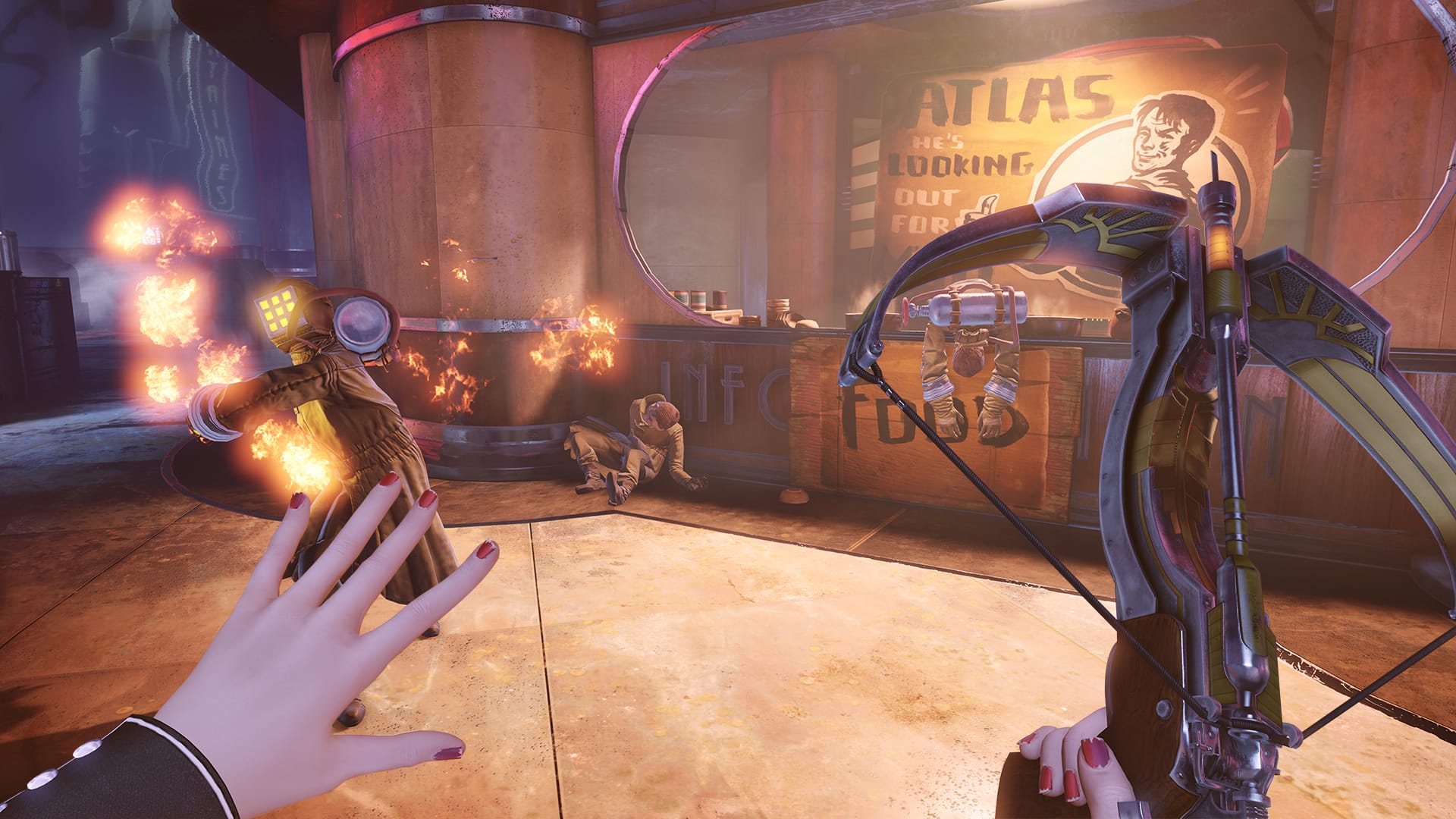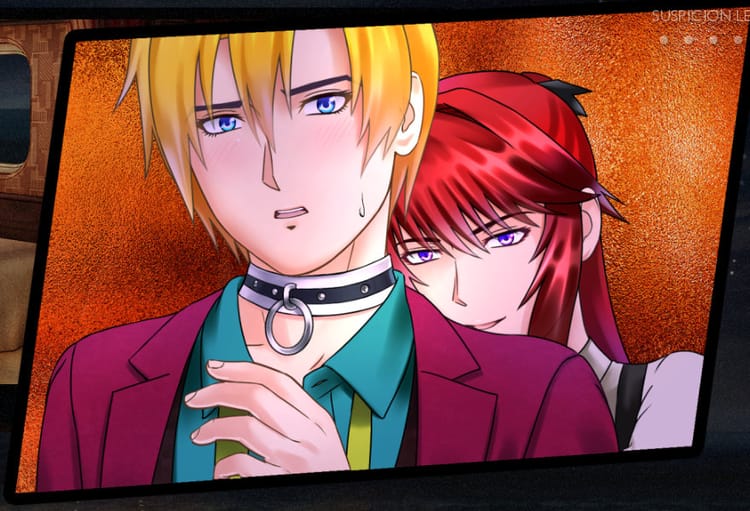BioShock’s Burial at Sea closes the series with a whimper

“There is a thin line between a martyr and a fool.” – Rosalind Lutece
With BioShock Infinite, Ken Levine and Irrational Games created a shooter wrapped in an intricate science fiction story. The ultimate shape of its narrative and the staggering possibilities of the story’s conclusion hinted at wonderful things to come. Of particular significance in the game’s crescendo was a short detour to Rapture, the underwater city of the original BioShock, from 2007. After that game’s release, the two-part DLC Burial At Sea promised, upon its announcement, to more fully explore the possibilities created by that juxtaposition, sending the characters of Infinite to Rapture for good.

And the first episode of Burial At Sea delivered on that, returning Booker and Elizabeth to the underwater, capitalistic metropolis. It saw the return of Little Sisters and Big Daddies, of Ryan and Fontaine. There were small visual details that not only gave you the feeling of that world but directly referenced both Infinite and the original BioShock. It was a pleasant swim in a pool of Elizabeth’s oft-cited constants and variables.
Now comes the second episode of Burial At Sea, in which get to take on the role of Elizabeth—this physical manifestation of the concept of possibility. But consider those possibilities unfulfilled. The game is obsessed with the past, not with potential.
The game is obsessed with the past, not with potential.
The first thing you are asked when you start up episode two is if you would like to see a recap of the very first BioShock. As someone who enjoyed BioShock, this seemed like a nice enough proposition, but it wasn’t long before I this insistence upon the past had worn out its welcome. This game, it turns out, is a prequel to the first BioShock. You see how things came together to put Jack, BioShock‘s protagonist, on his path. It feels like you are walking old ground, even if it reveals particular details that were only hinted at before. And the fact that Elizabeth is stripped of her infinite powers to become a character even less capable than Booker gives the effort a sense of sameness.

This is the curse of the prequel at work, where plot turns and story details all fit into parameters you already know, and you are intended to thrill over the coloring-in of minor details. Things hinted at in the original BioShock are shown, here, in media res. We see how the Little Sisters and Big Daddies come together. We see how the big plot twist of BioShock is put into motion by Atlas. Even things mentioned in Infinite are spelled out completely, making me wonder why such details are emphasized when we already know them. Some parts of Infinite are almost ruined by small adjustments that rob them of their original power.
To be fair, there are ways in which it is nice to be back here.
To be fair, there are ways in which it is nice to be back here. The personality of Elizabeth (and the acting by Courtnee Draper) continues to give everything a rich texture. It’s nice to play in this world: defeating splicers, rummaging through trashcans for candy bars, high-tailing it through richly imagined passageways en route to the next quest item. A newfound emphasis on stealth gives us a new way to exist in these space, but these are still the spaces we’ve come to enjoy, and we remember that this is a BioShock game, with all the good things that has traditionally entailed.
But it is, in the end, almost obsessed with being a BioShock game, and nothing more. BioShock Infinite‘s story was ultimately about a circle closing. With Burial At Sea episode two, Irrational closes another circle, bringing the series back around to the first game. It is all of the wonder of Elizabeth confined to a smaller, half-known narrative. There is a thin line between giving people the things they are asking for and giving them exactly what they’ve already had. This game walks that line—in ever-shrinking circles.



